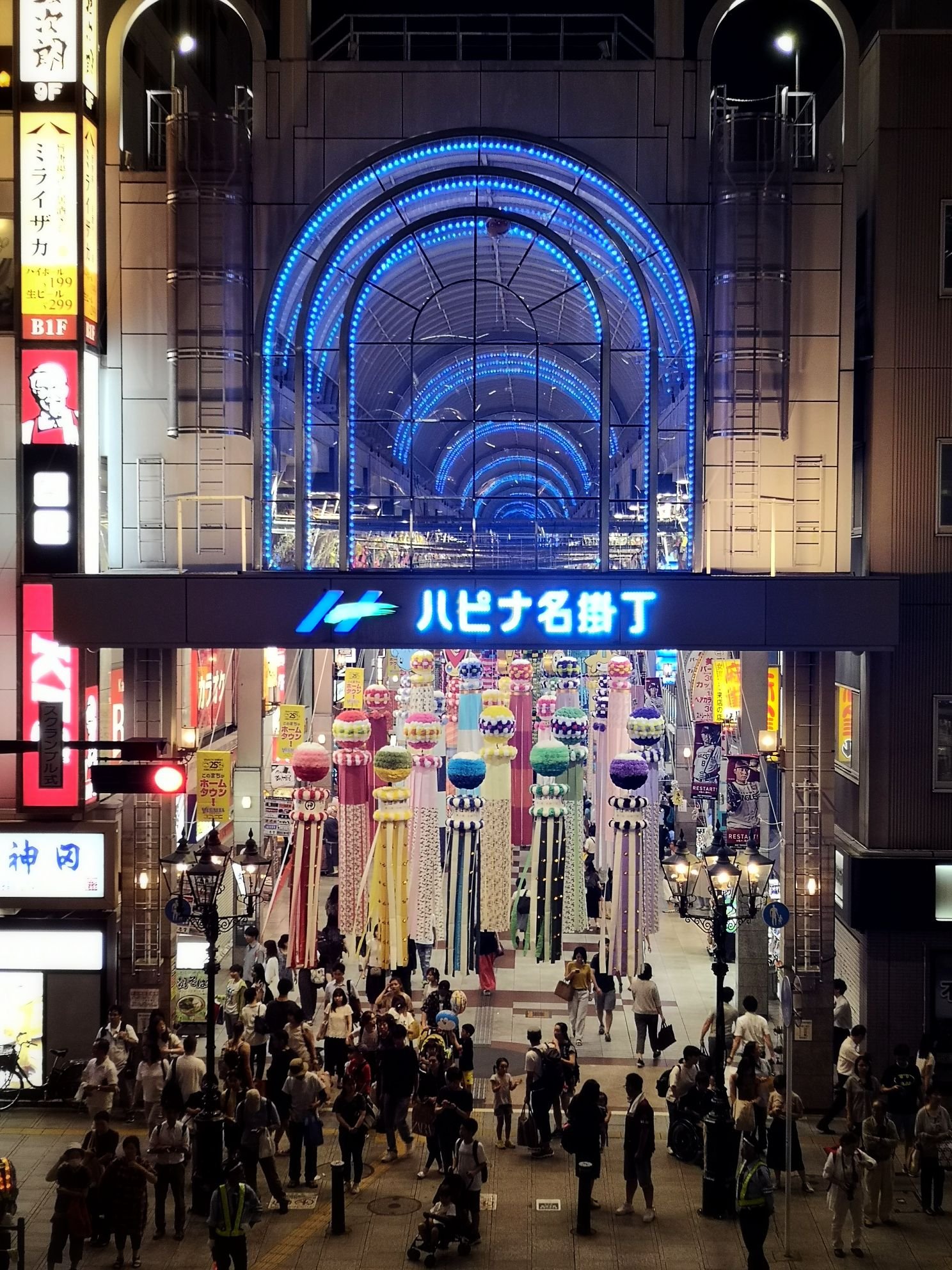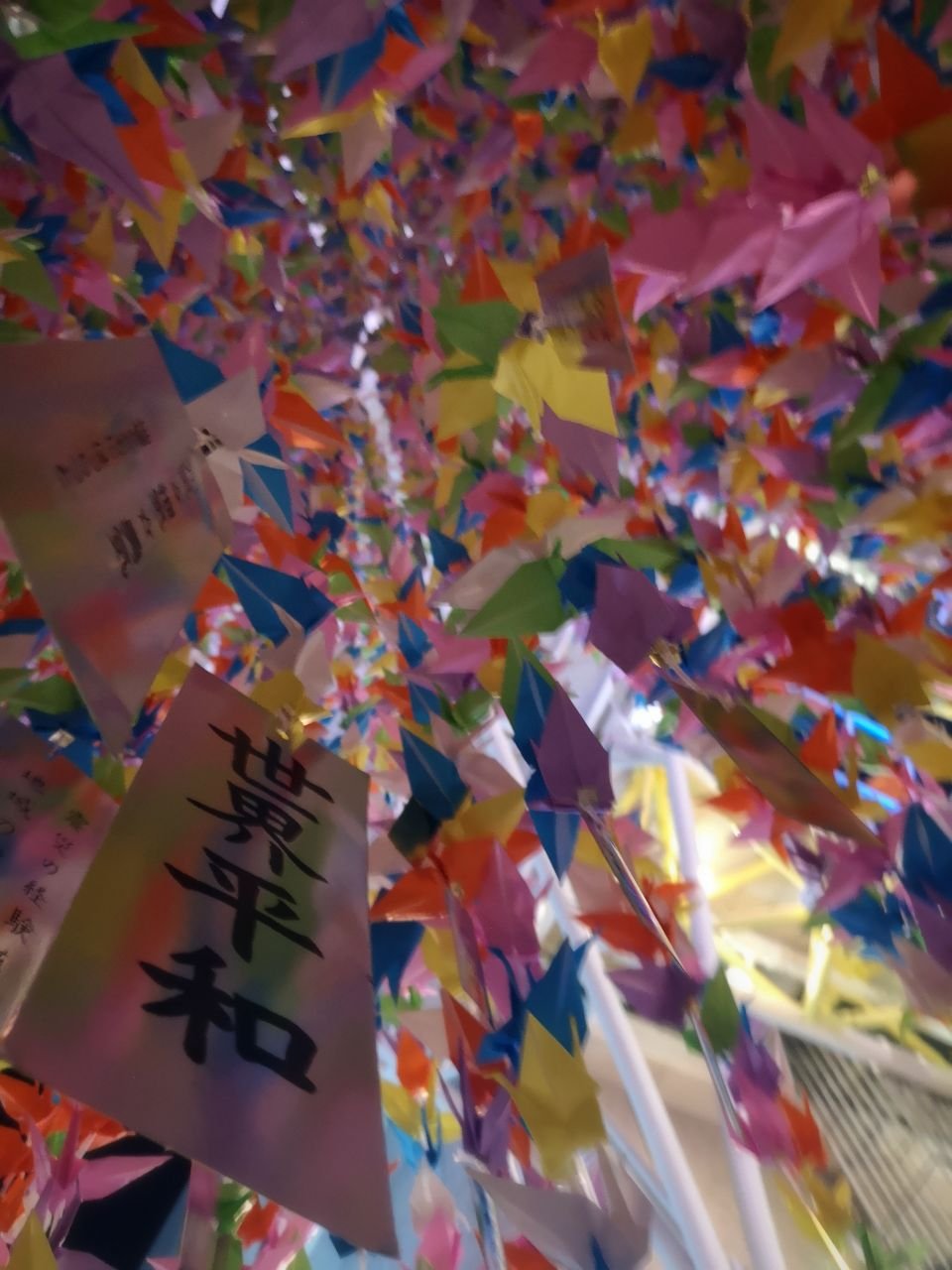The Tohoku region is located north from the Kanto region. There is a very unique week called the Sandai Matsuri where you have the chance to participate or watch the three greatest festivals in this region in 3 different prefectures. I want to briefly introduce those festivals and the prefectures in this post, since for me it was well worth it and the time spend has been used very effectively.
Akita
Akita is a prefecture in the northern region of the Tohoku area and is famous for the Akita Shiba Inus. My itinery for visiting Akita can be found in my diary.
Akita City
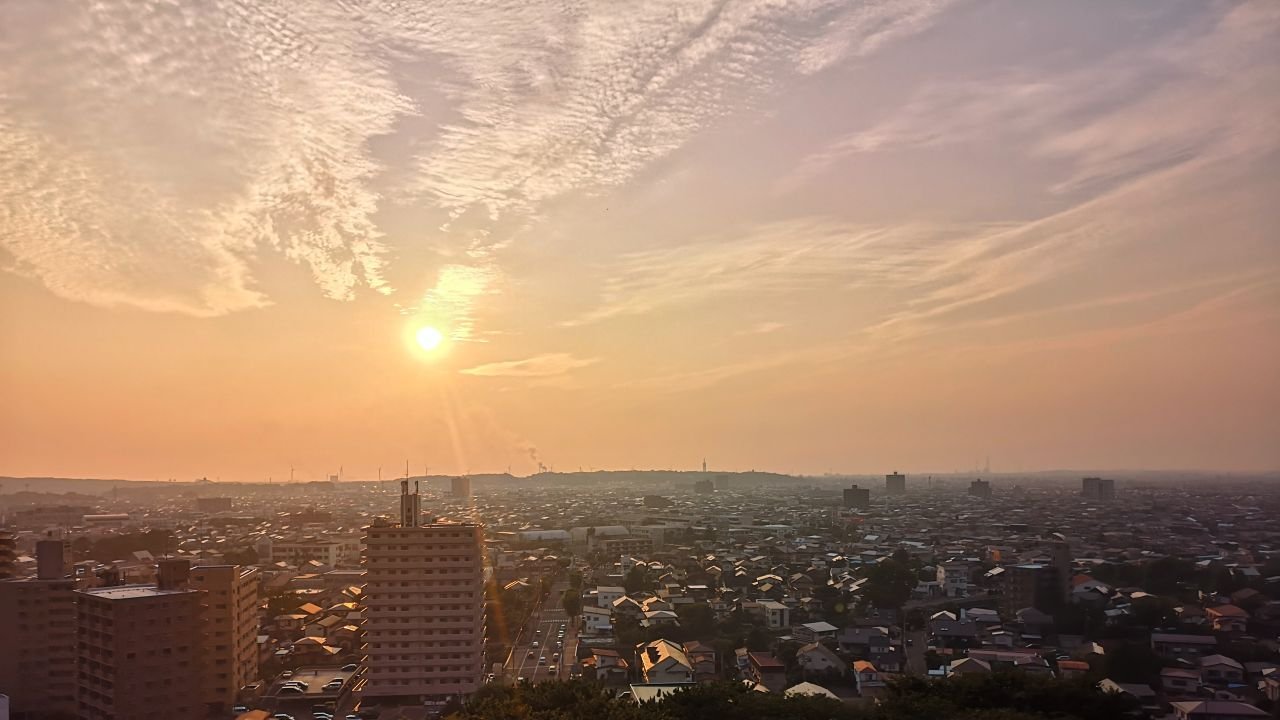
Kakunodate
Kakunodate is famous for being a Samurai town since it still has originally preserved houses which were lucky enough to be not destroyed through natural catastrophies or the World War II. You can enter some houses for a small fee and there is even one where a guide explains the facilities of such a samurai home.
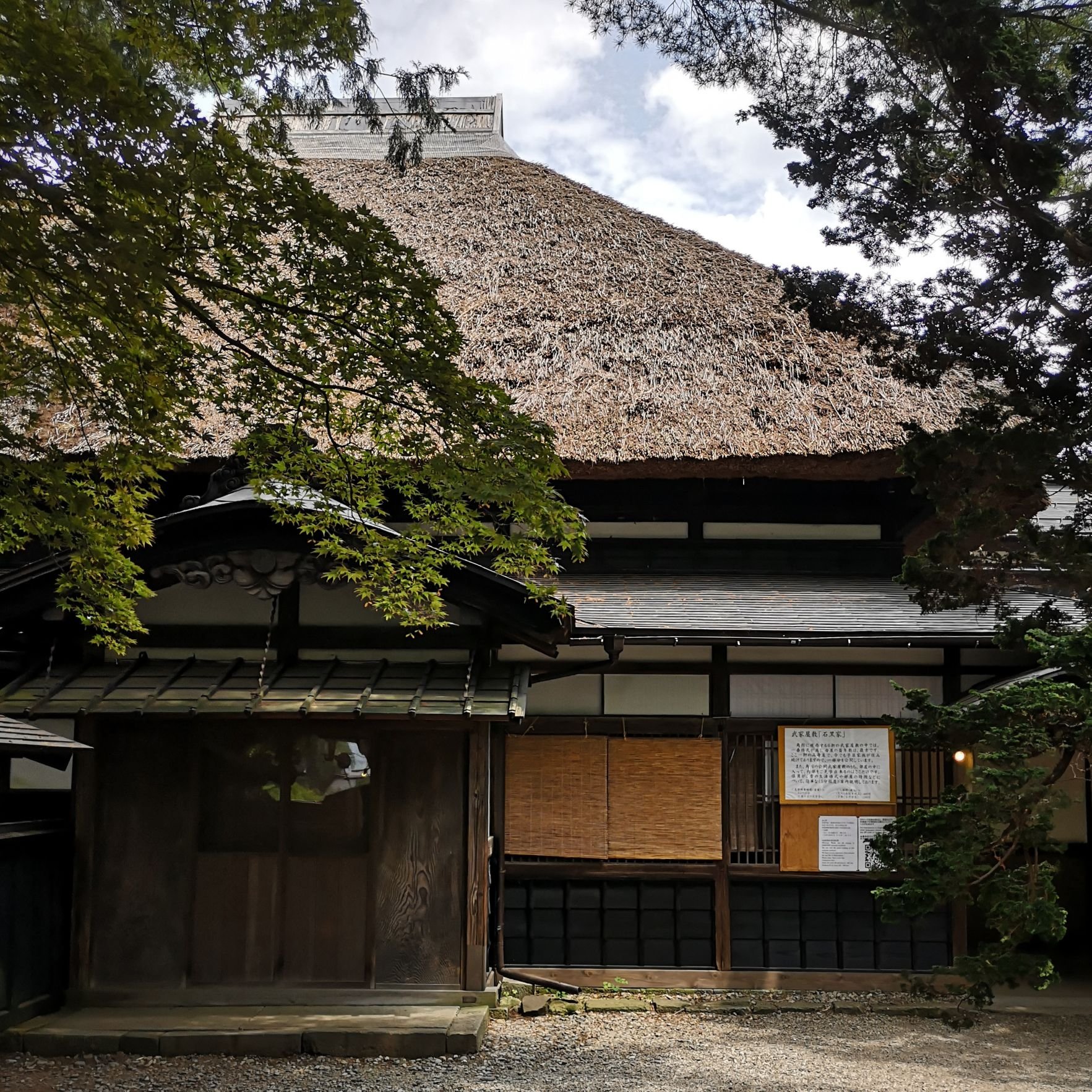
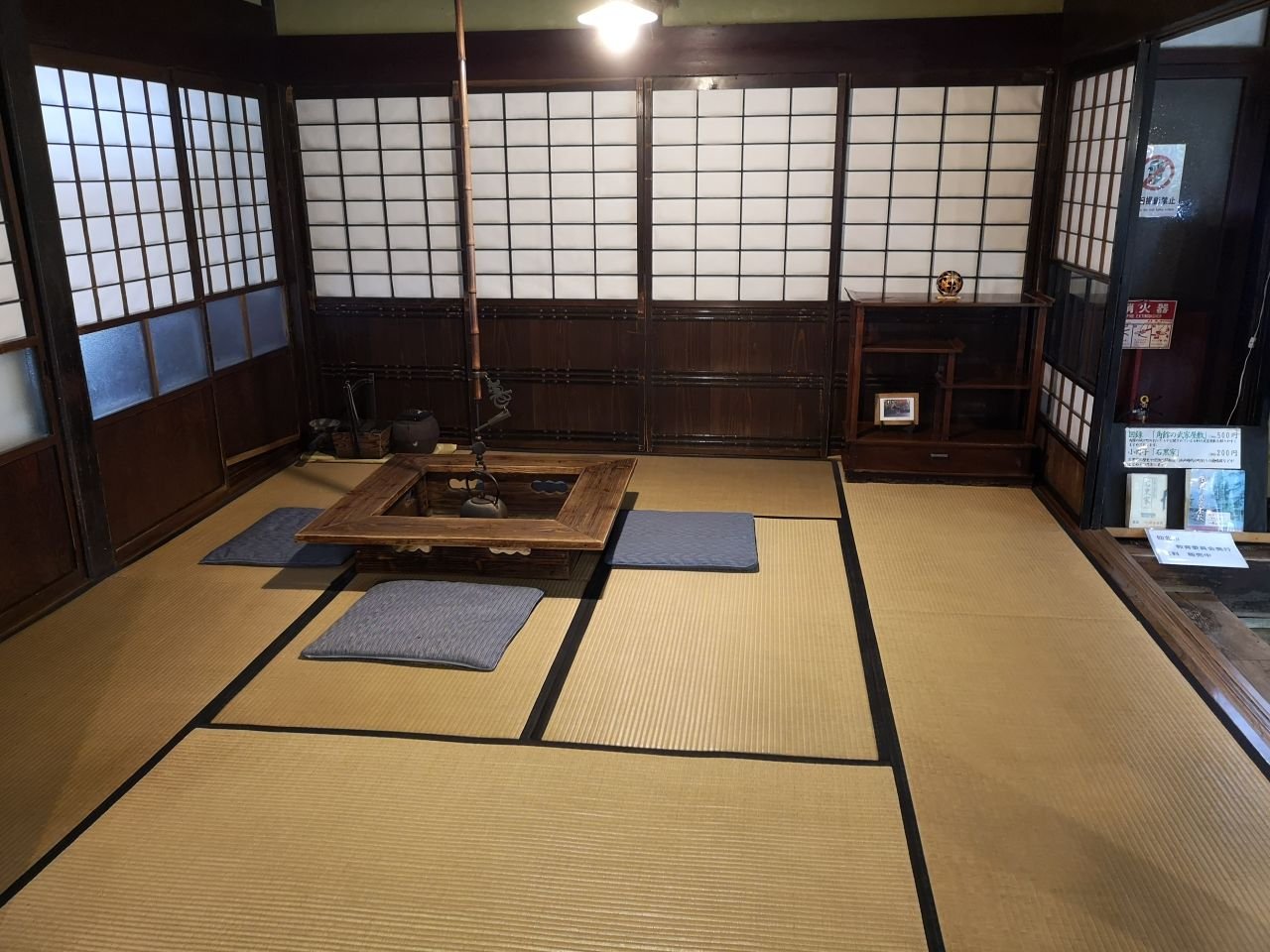
Lake Tazawa
The lake Tazawa is actually the deepest lake in Japan. Besides the beautiful blue water and tranquil surrounding there are also 2 sightseeing spots which you can reach by boat. Namely the Gozanoshi Shrine in the north and the Tatsuko statue in the west. The legend around the statue goes like this:
There was once a beautiful woman, but because she knew her beauty doesn’t last forever she prayed to the Buddhist goddess Kanon day and night to preserve her beauty eternally. After the 100th night she received a message to find a sacred spring and take a sip from it. She travelled mountain after mountain and eventually found the spring and did as the goddess told her. However she felt an immense thirst and kept drinking until she realized she transformed into a large dragon. The mountain around here collapsed and a deep lake was formed – which is today’s Lake Tazawa. (trip101.com, authentic-visit.jp, Accessed: 21.10.2019)
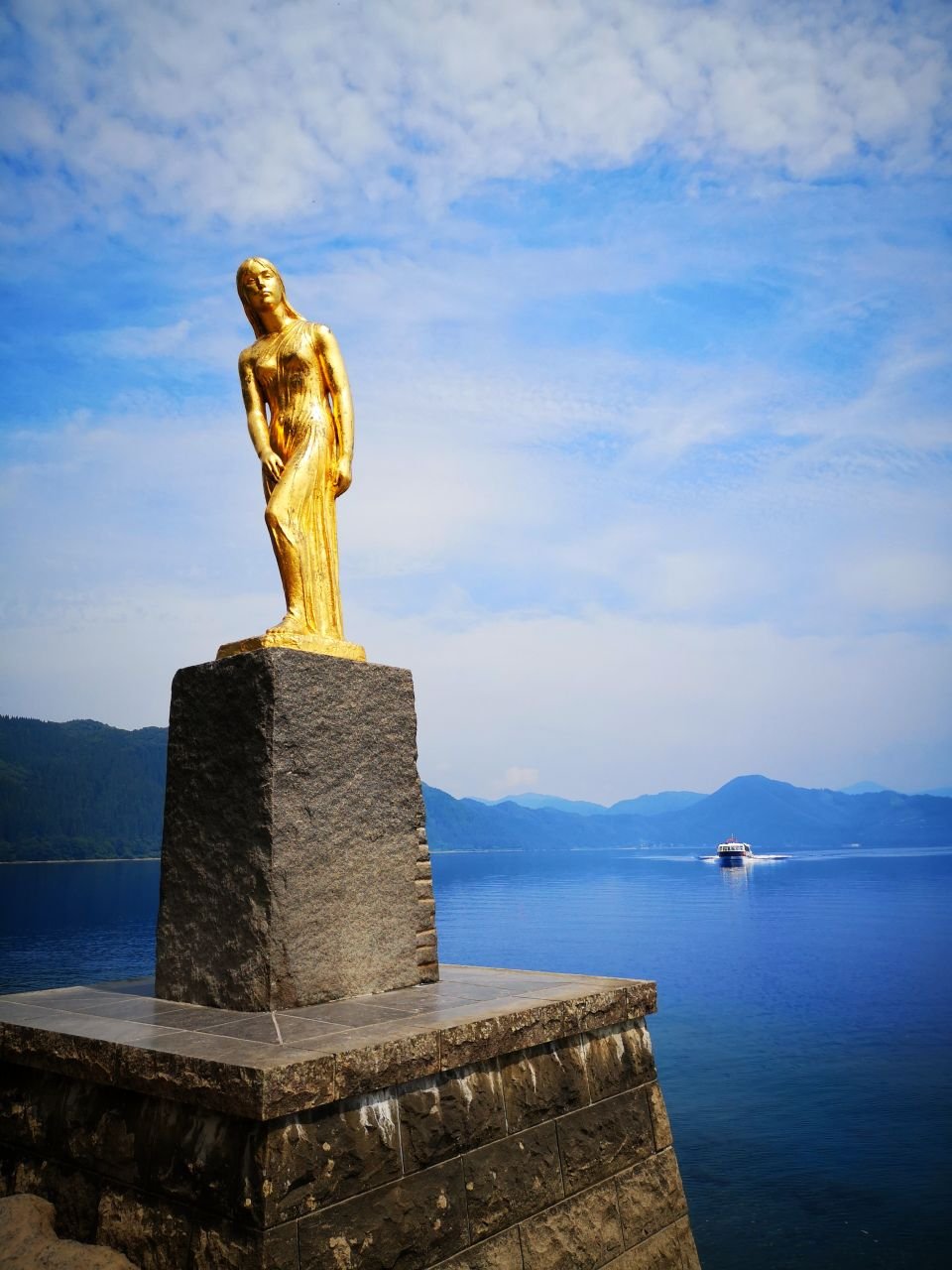
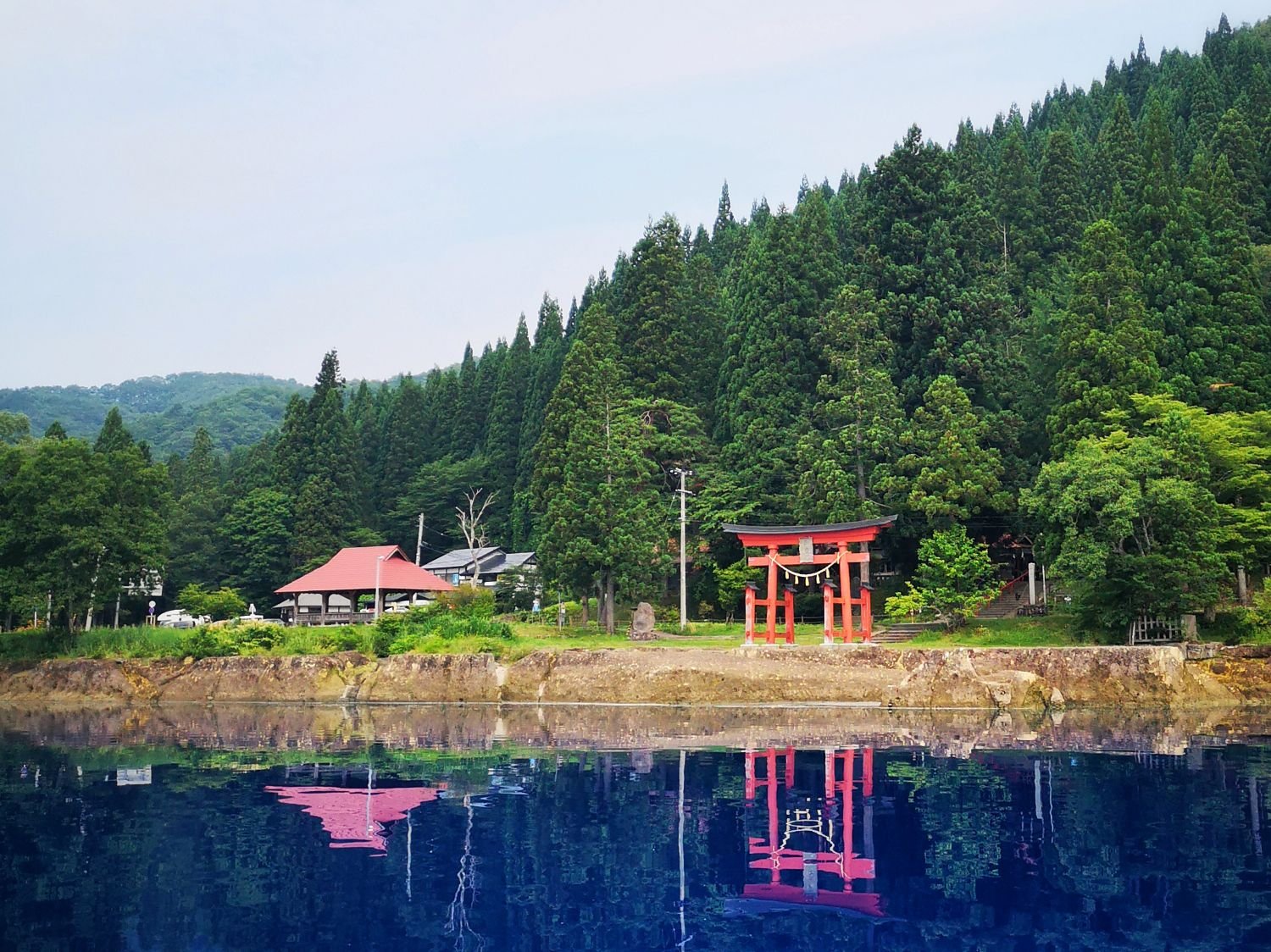
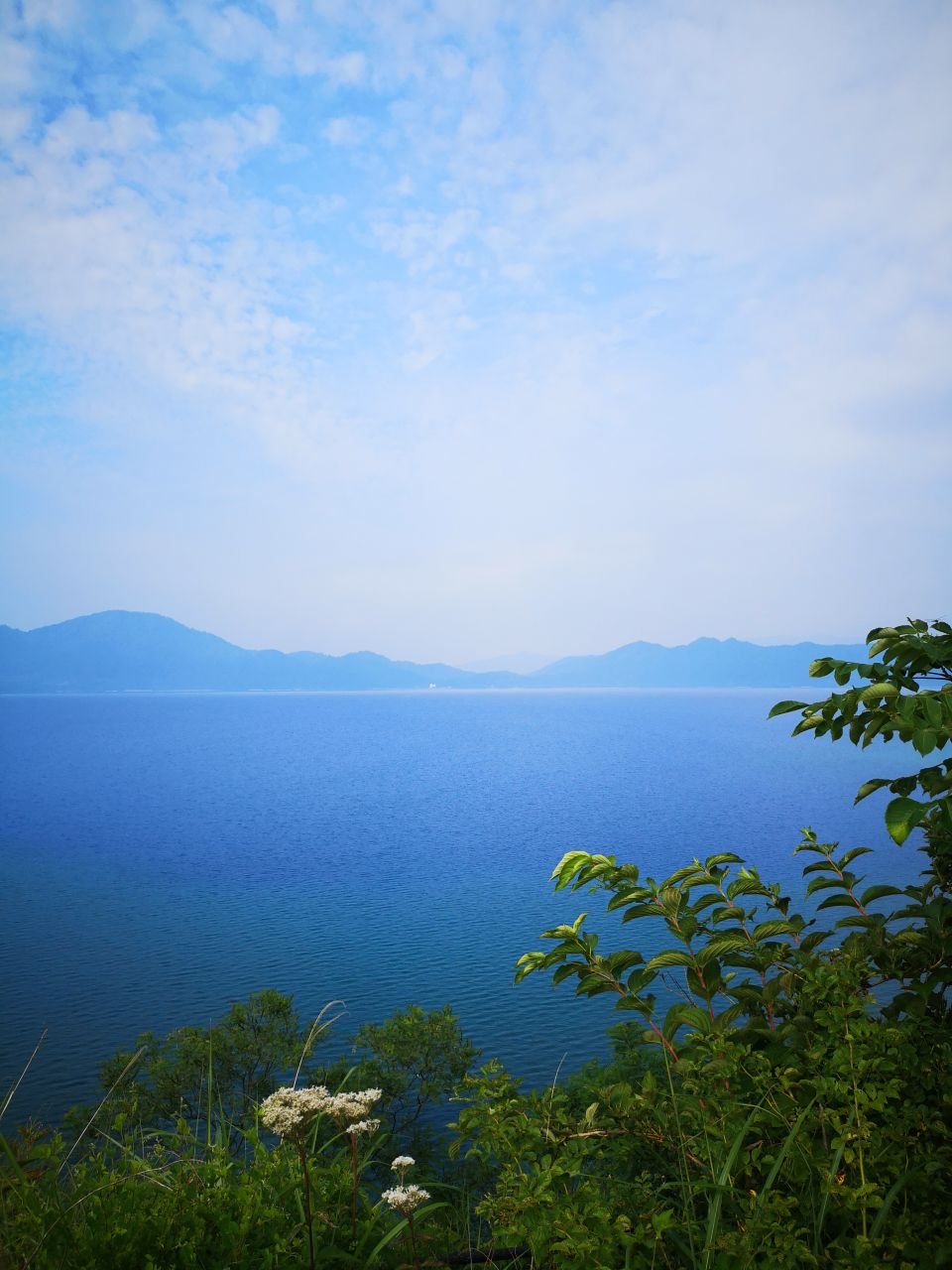
Kanto Festival
At the Kanto festival people show off their skills in balancing a huge stick equipped with lanterns on either their forehead, hip or palm. Lifting up the heavy poles is said to drive away evil spirits and helps in praying for good harvest(japan.travel, Accessed: 22.10.219).
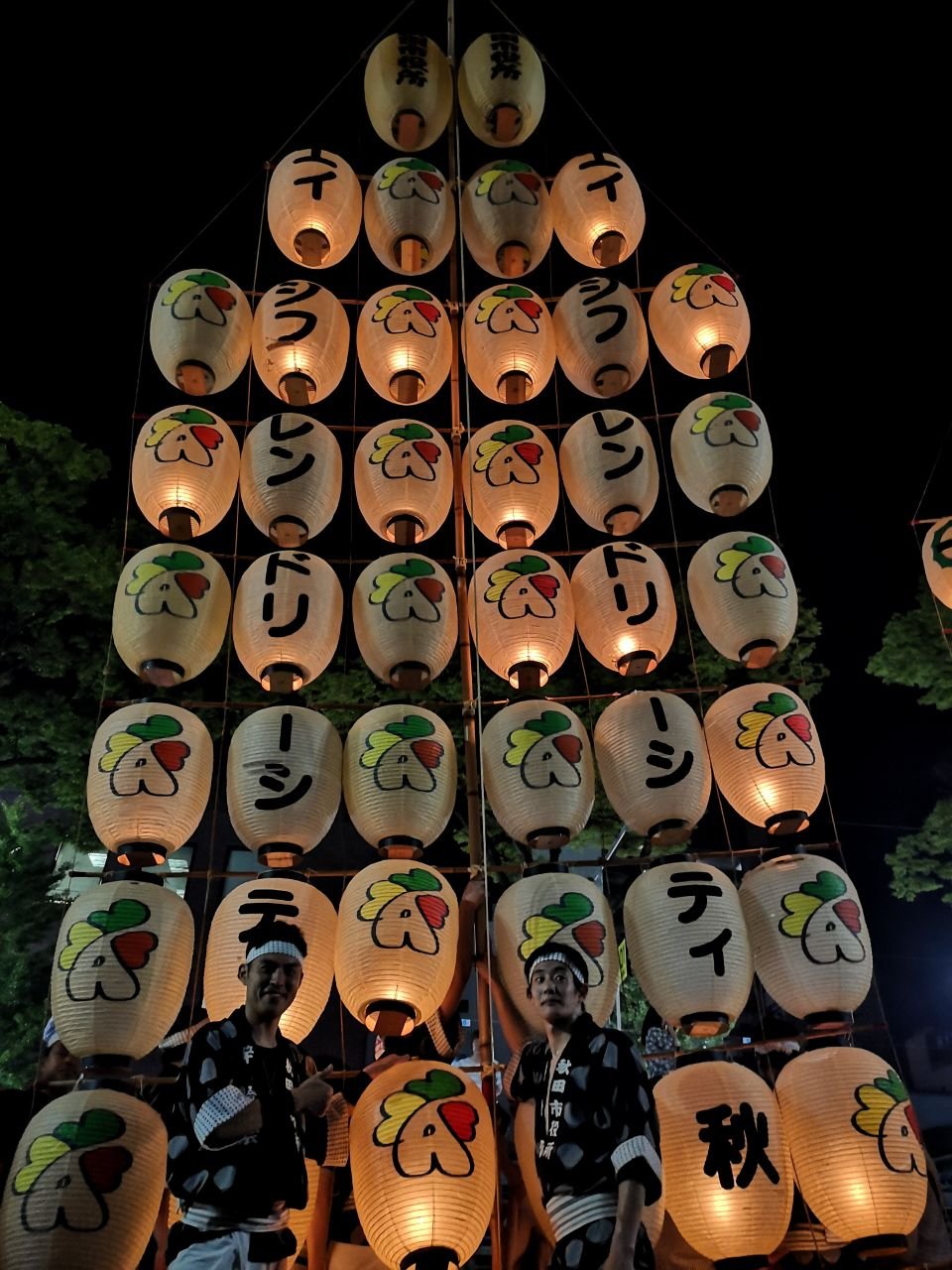
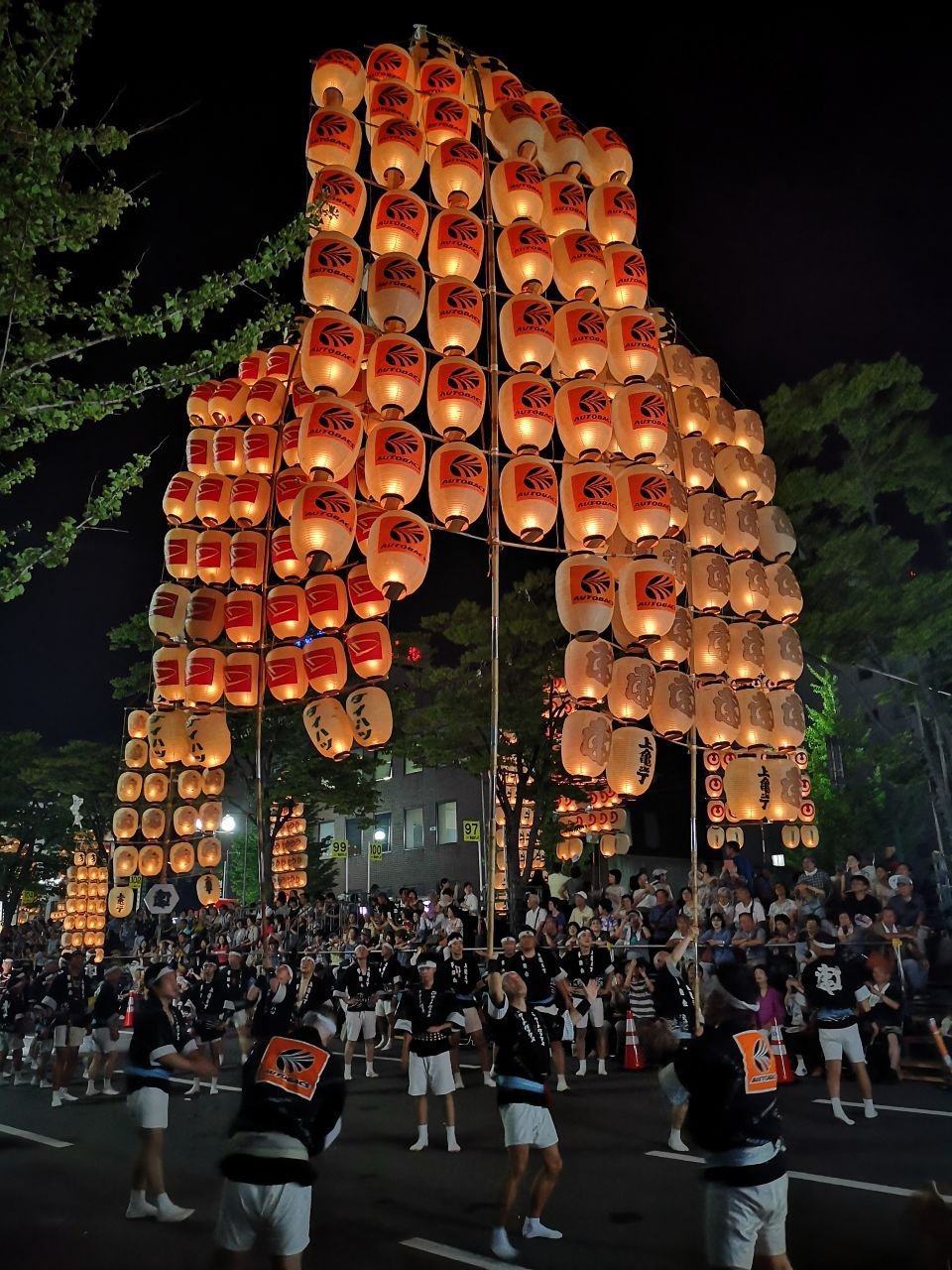
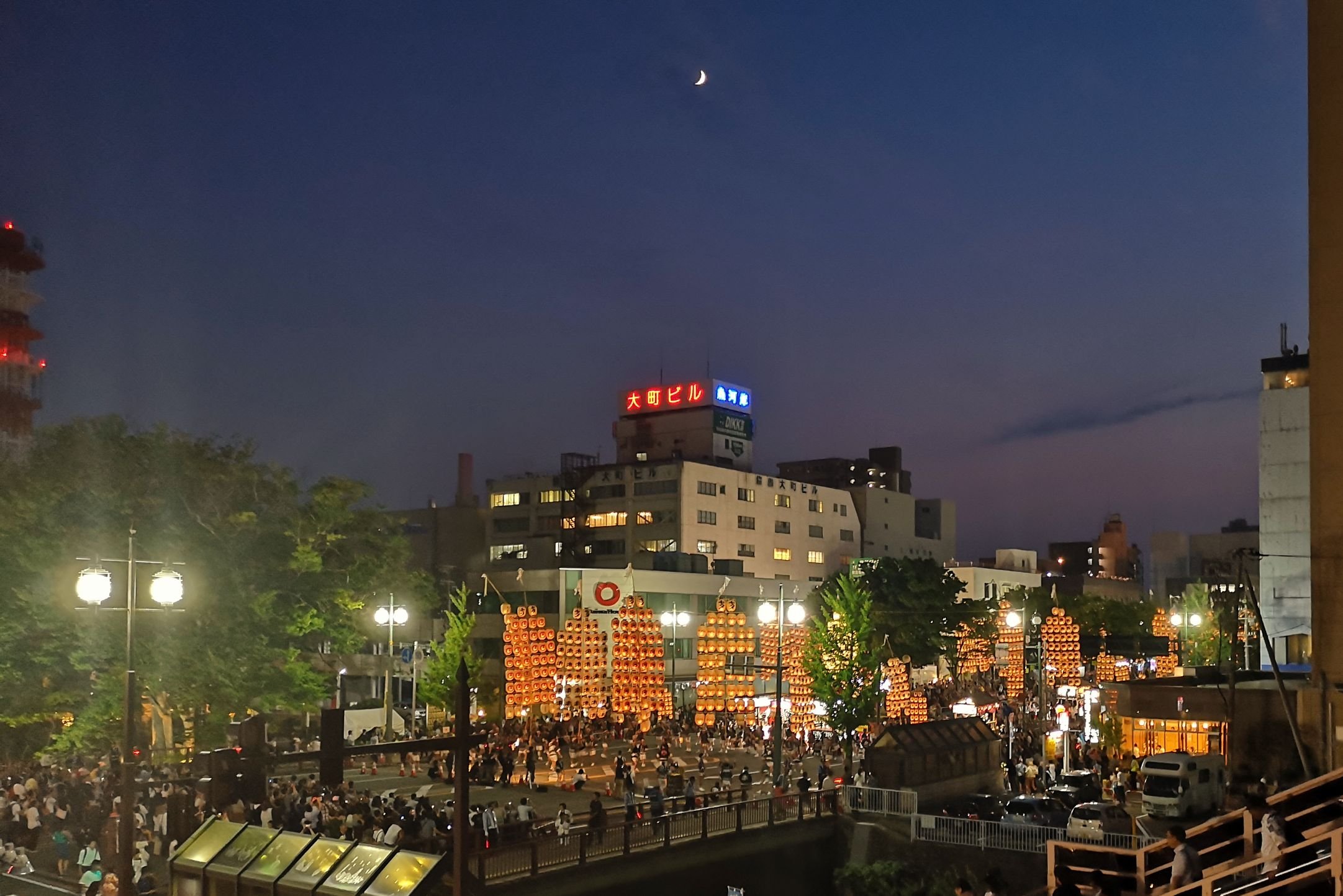
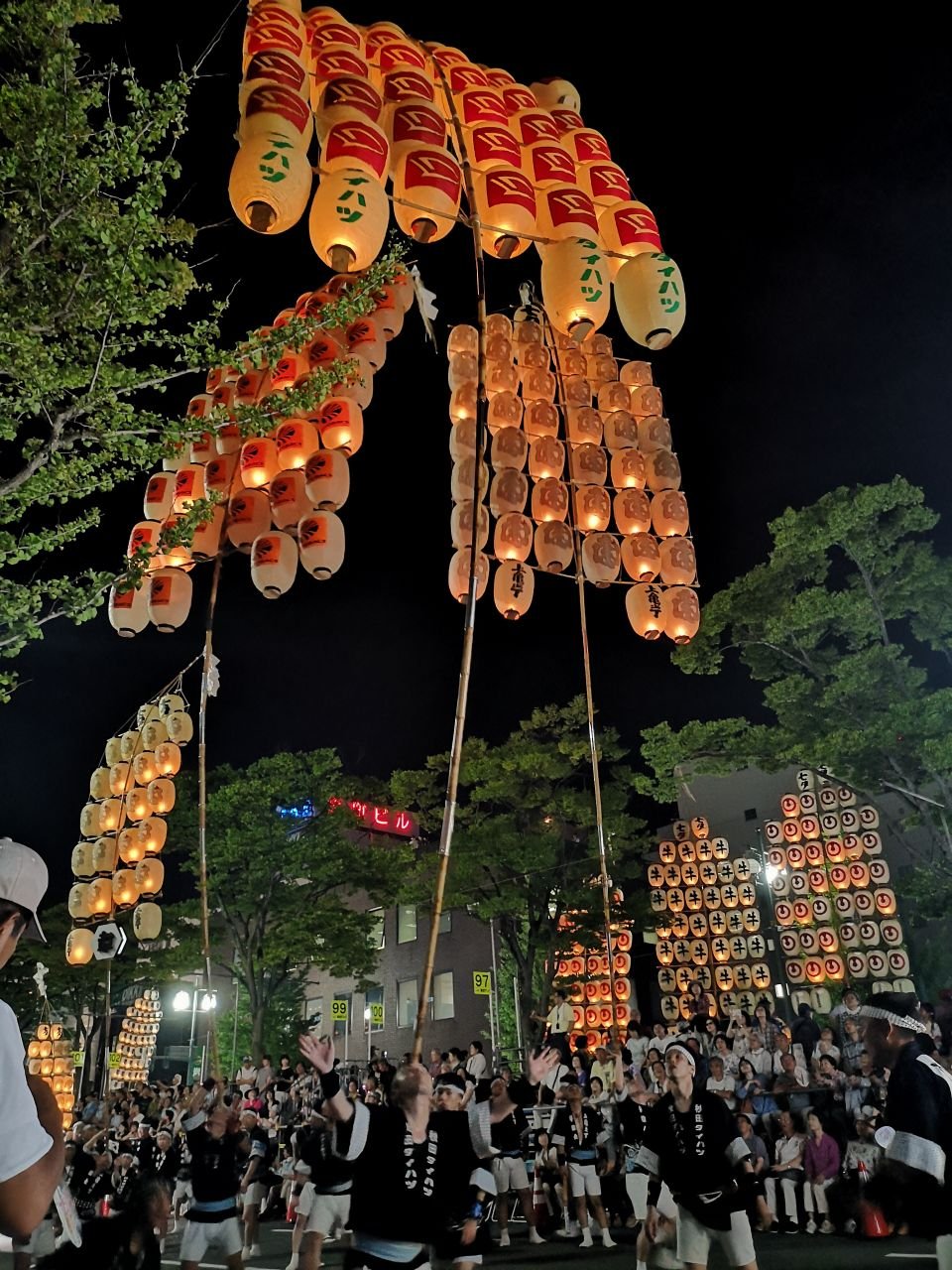
Aomori
Aomori is the most northern prefecture of the Tohoku region and is actually famous for its apples. My itinery for Aomori can be found here.
Hirosaki
Hirosaki is a city in the Aomori prefecture. It is home to the Hirosaki castle which is said to be the oldest still standing castle which was not destroyed by natural catastrophies, World War II or the Meiji Restoration period.
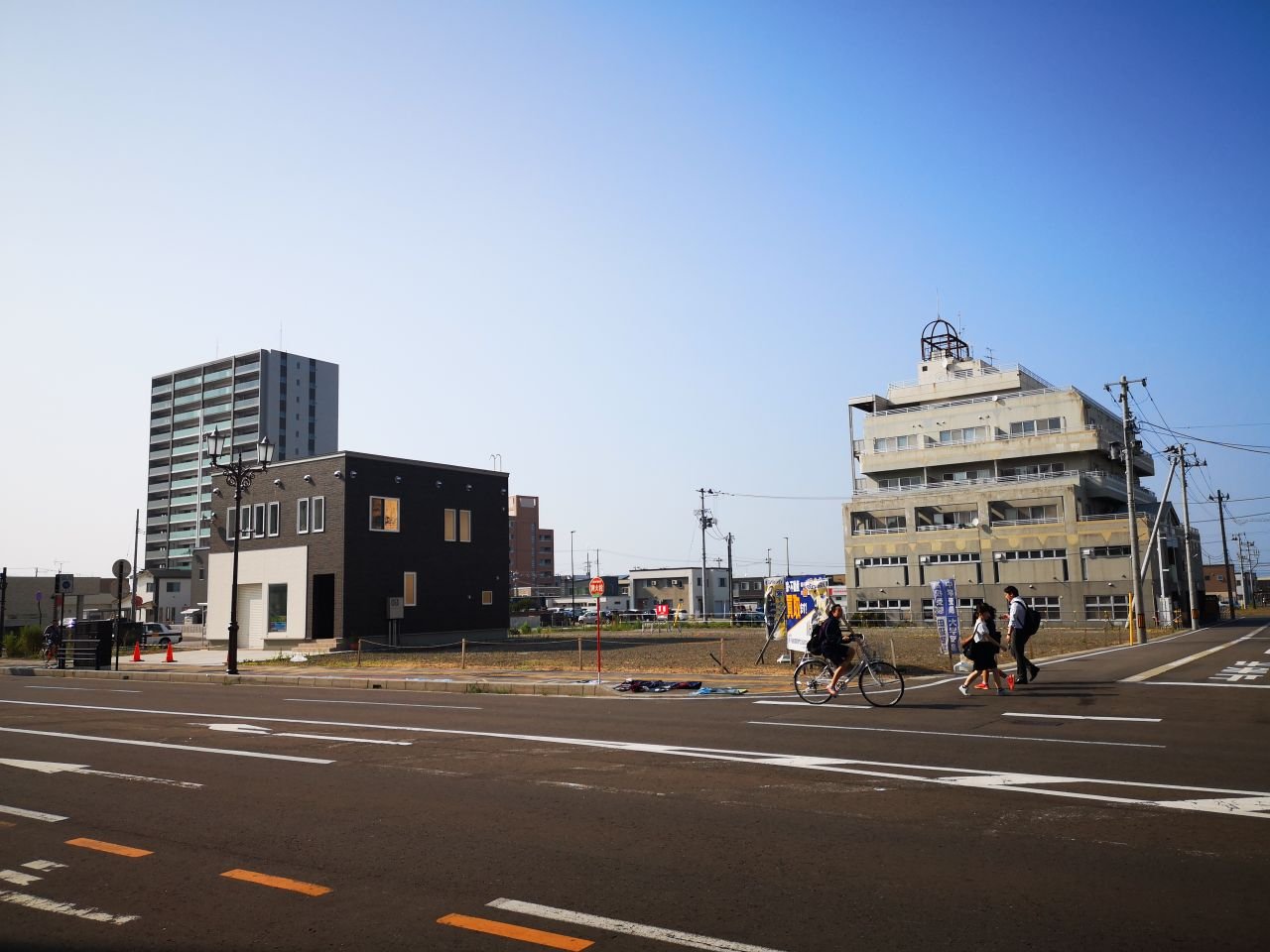
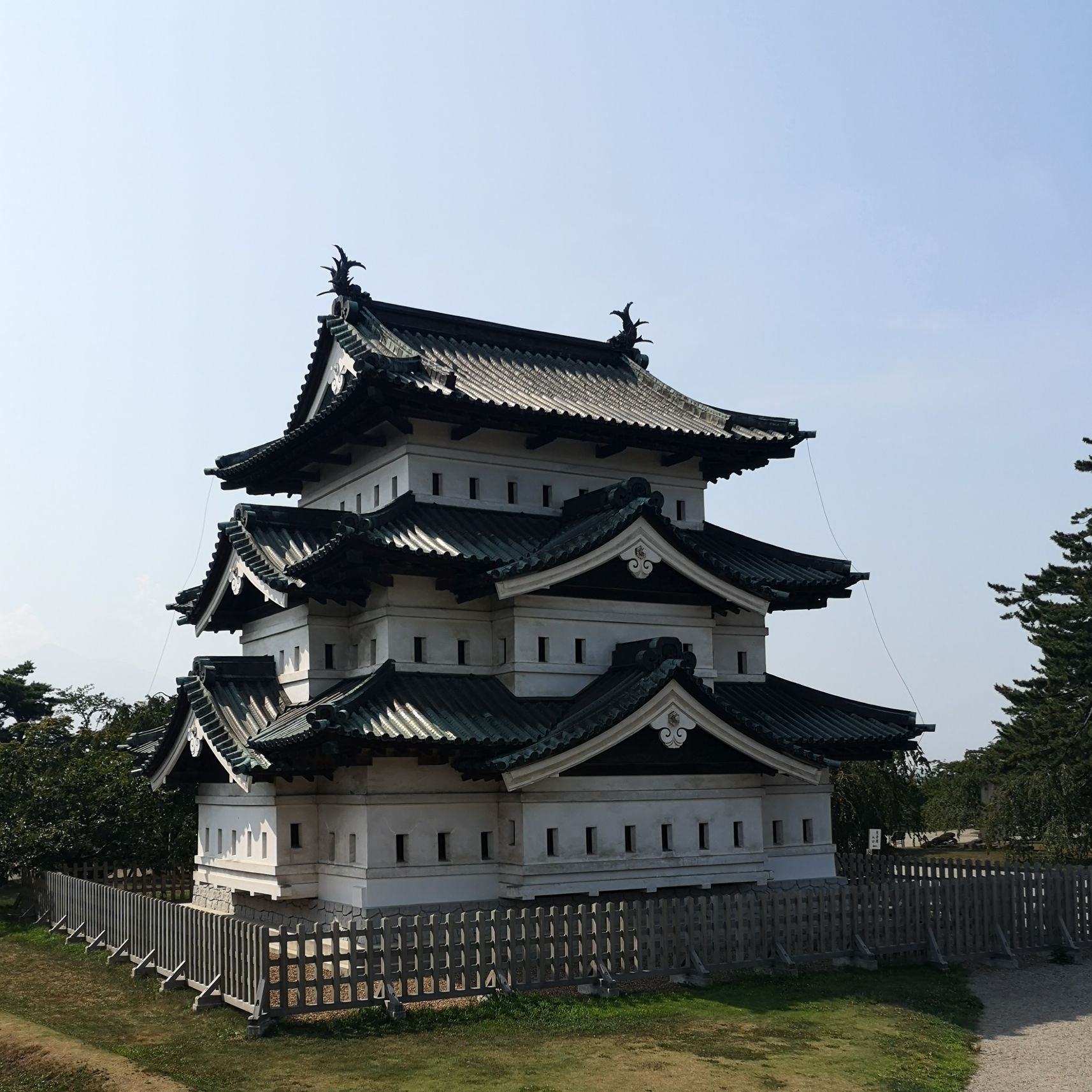
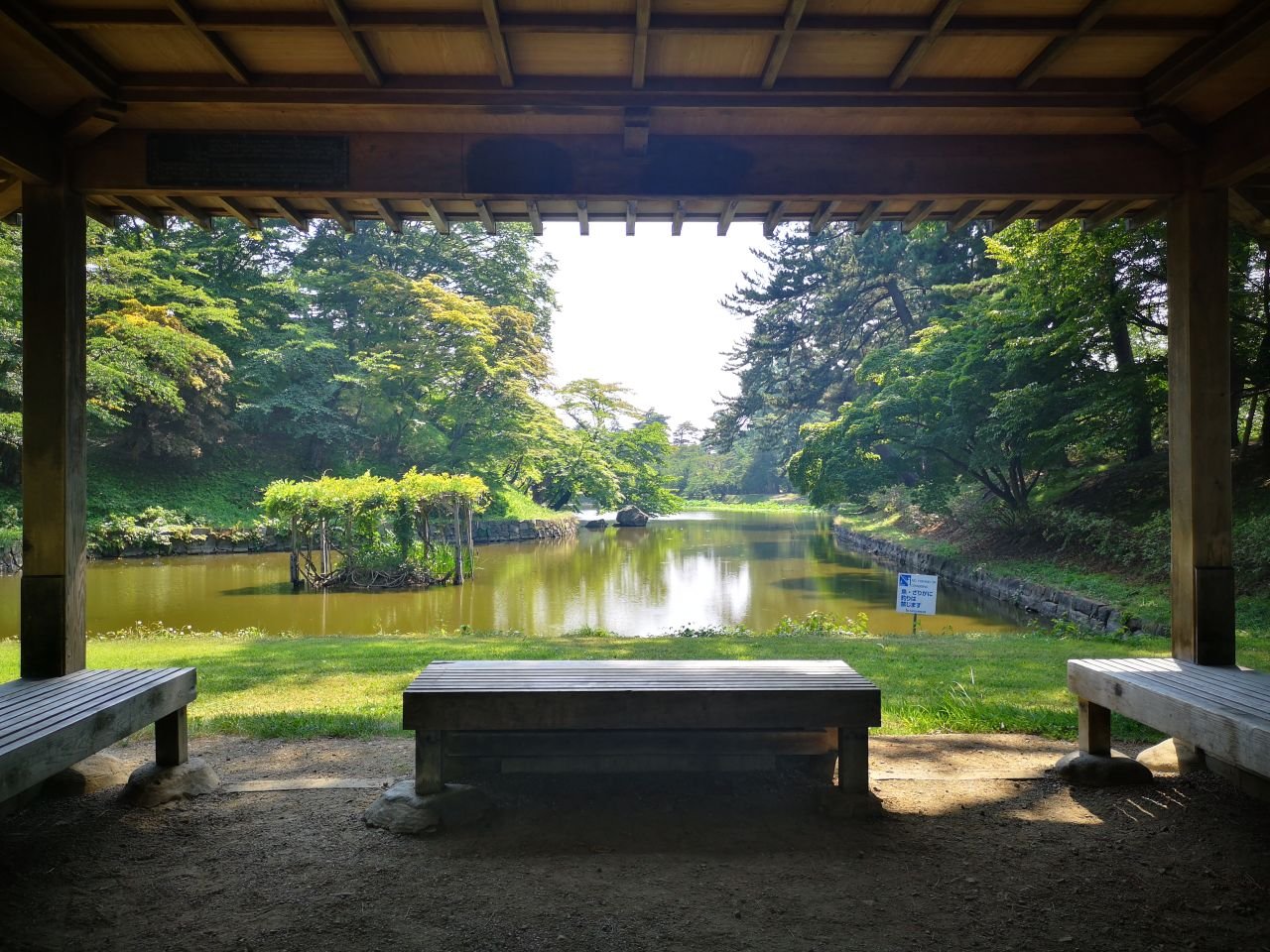
Aomori City
Aomori City is the biggest city in the Aomori prefecture and is the most northern city on mainland Japan.
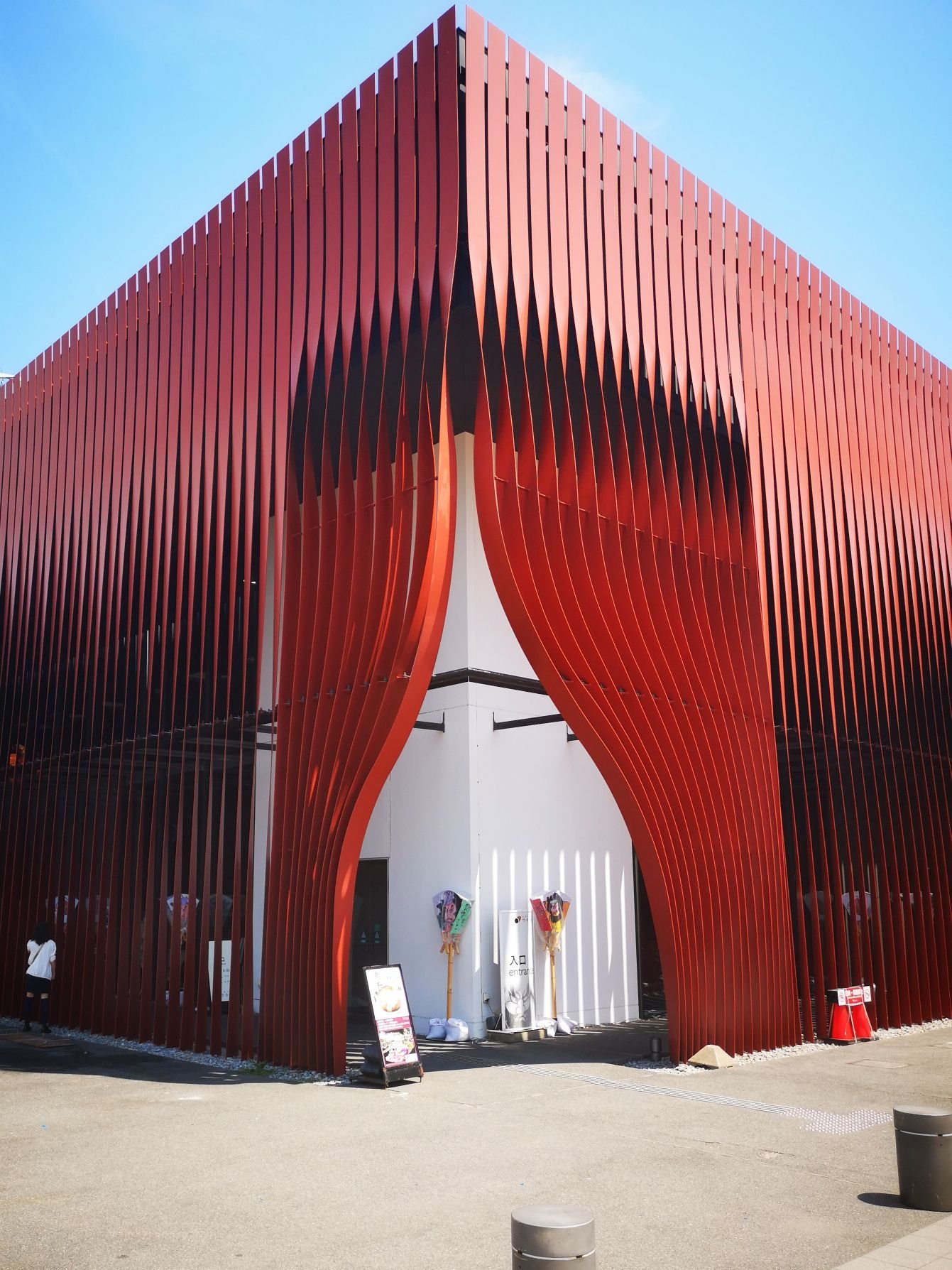

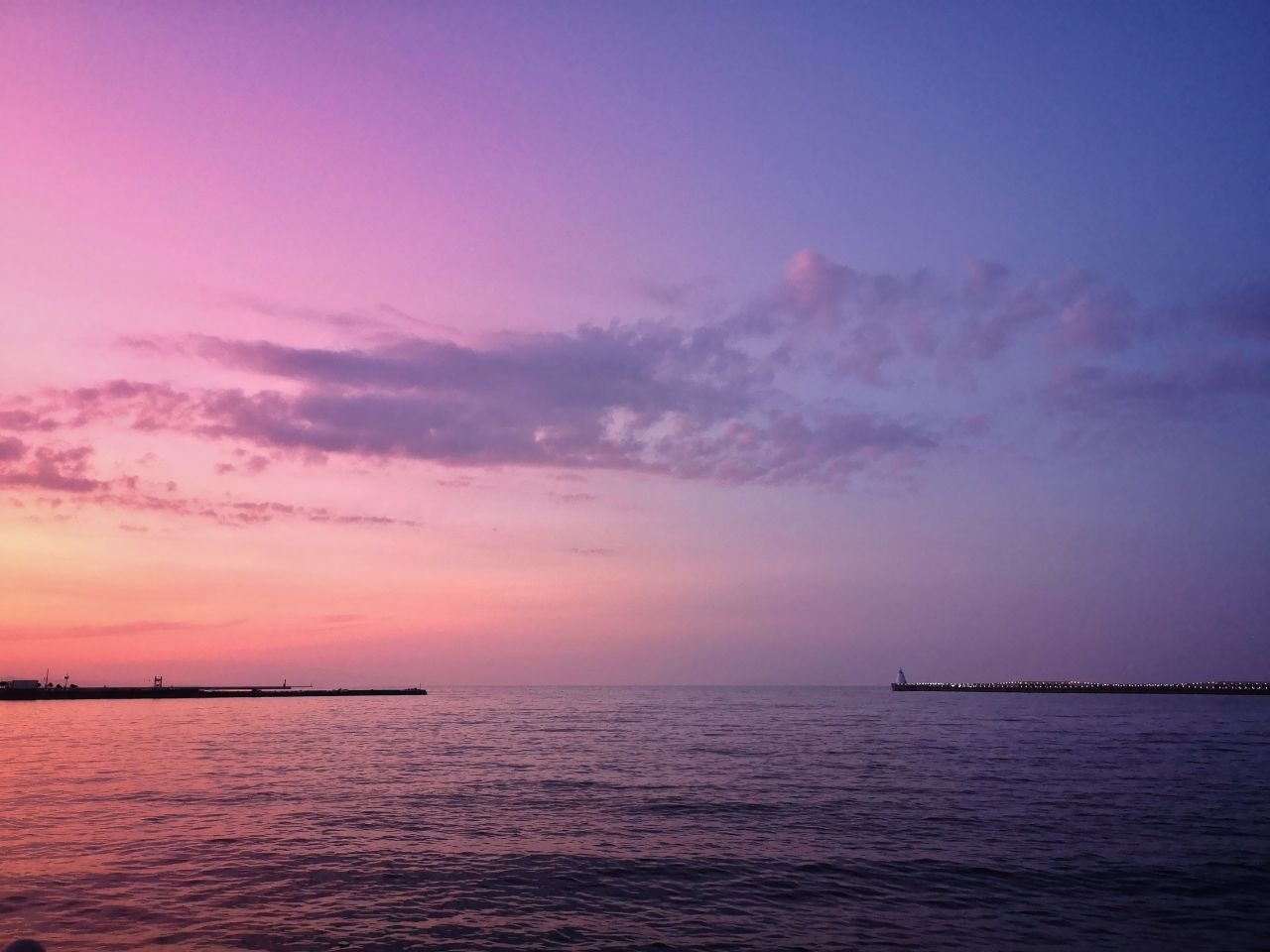

Oirase Gorge
While you are in Aomori you could also check out the Oirase Gorge a stream which is around 13kms long and starts from the lake Towada. You can hike along the stream on a hiking path which is very well maintained and lets you pass through several waterfalls.

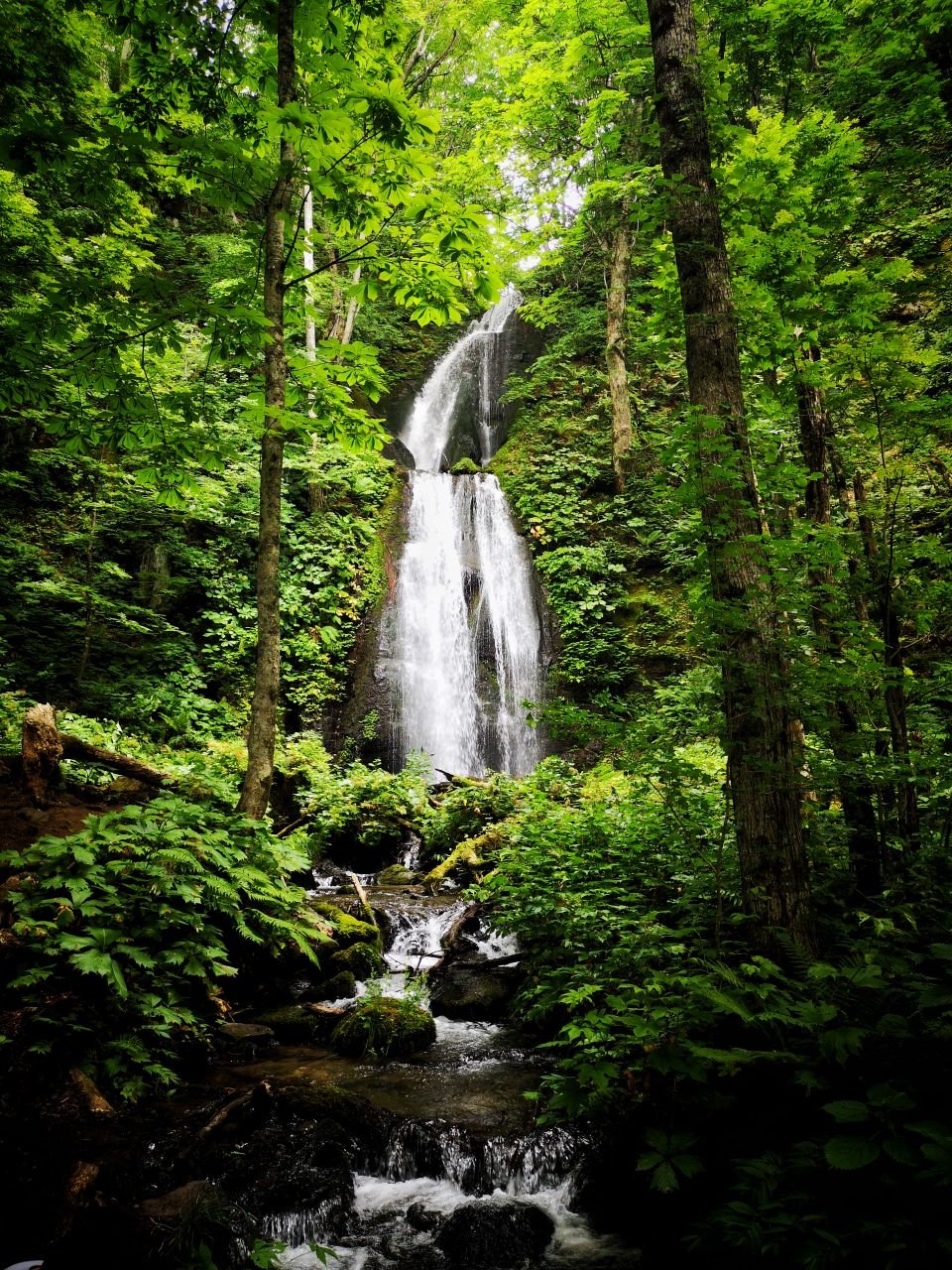
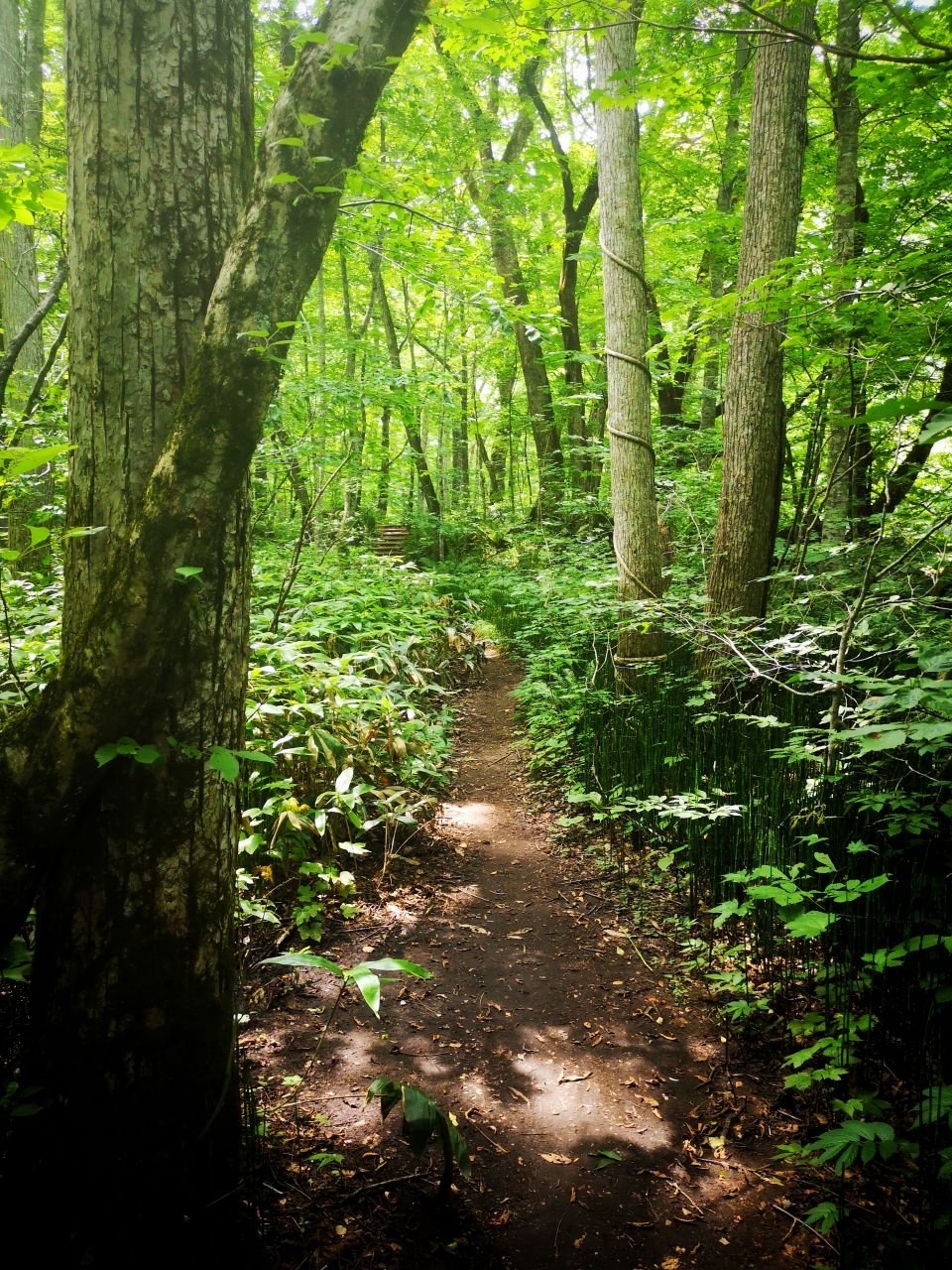
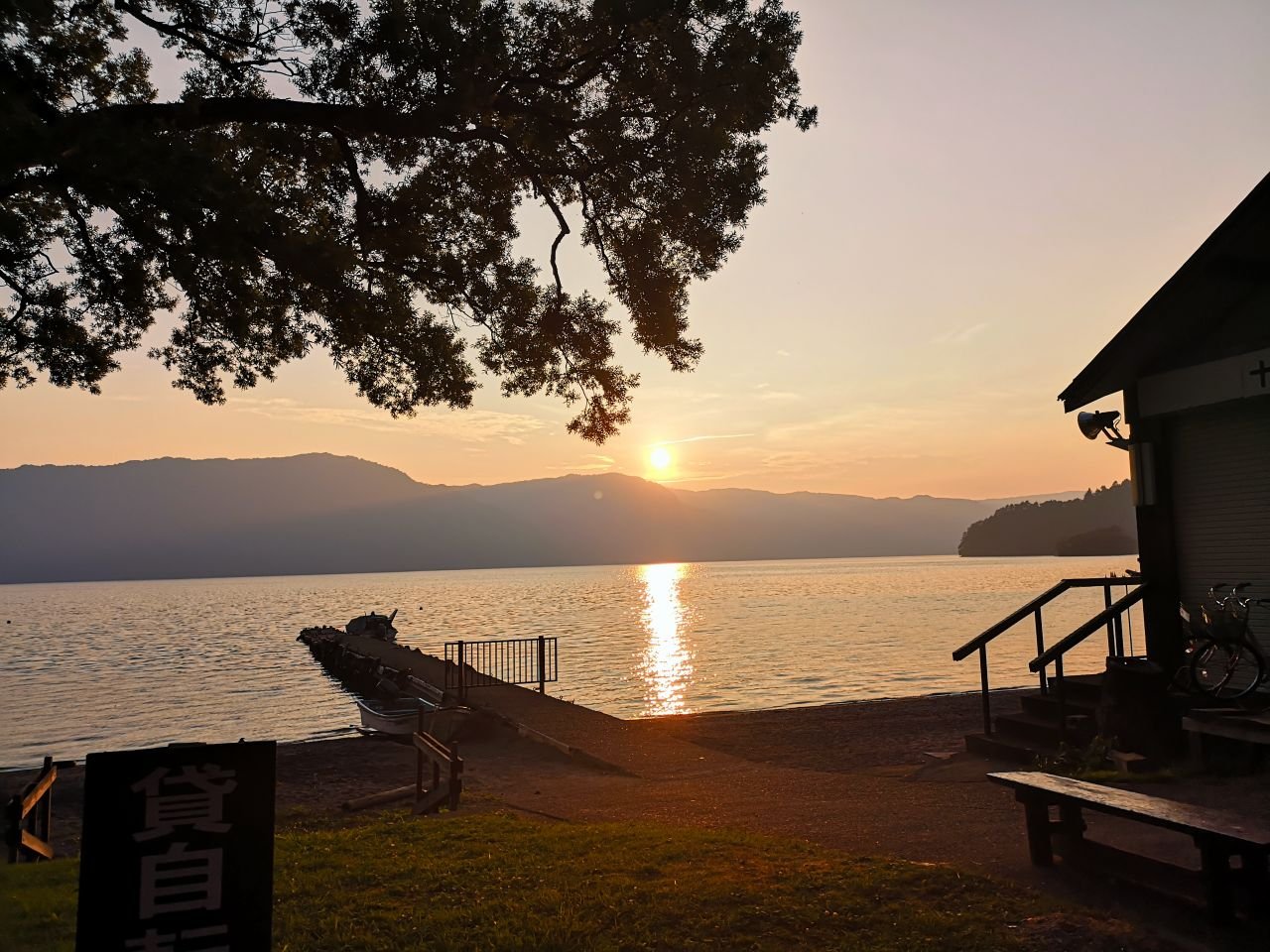
Nebuta Festival
There are a lot of stories how the Nebuta festival originated. According to one legend, once a general used big lanterns and made people dance and produce noise to distract the enemy. In the early days, the Nebutas have been made by people of different towns however nowadays they are mostly made by bigger businesses and organizations. (wiki, en-aomori.com, Accessed: 22.10.2019). The parade is divided in several smaller groups. Each group has leading drummers followed by a pack of people who dance and make noise. Behind them a big cart having the lantern is being pulled / pushed by around 10 people. The Nebuta on the big carts mostly depict historic sceneries or old myths.
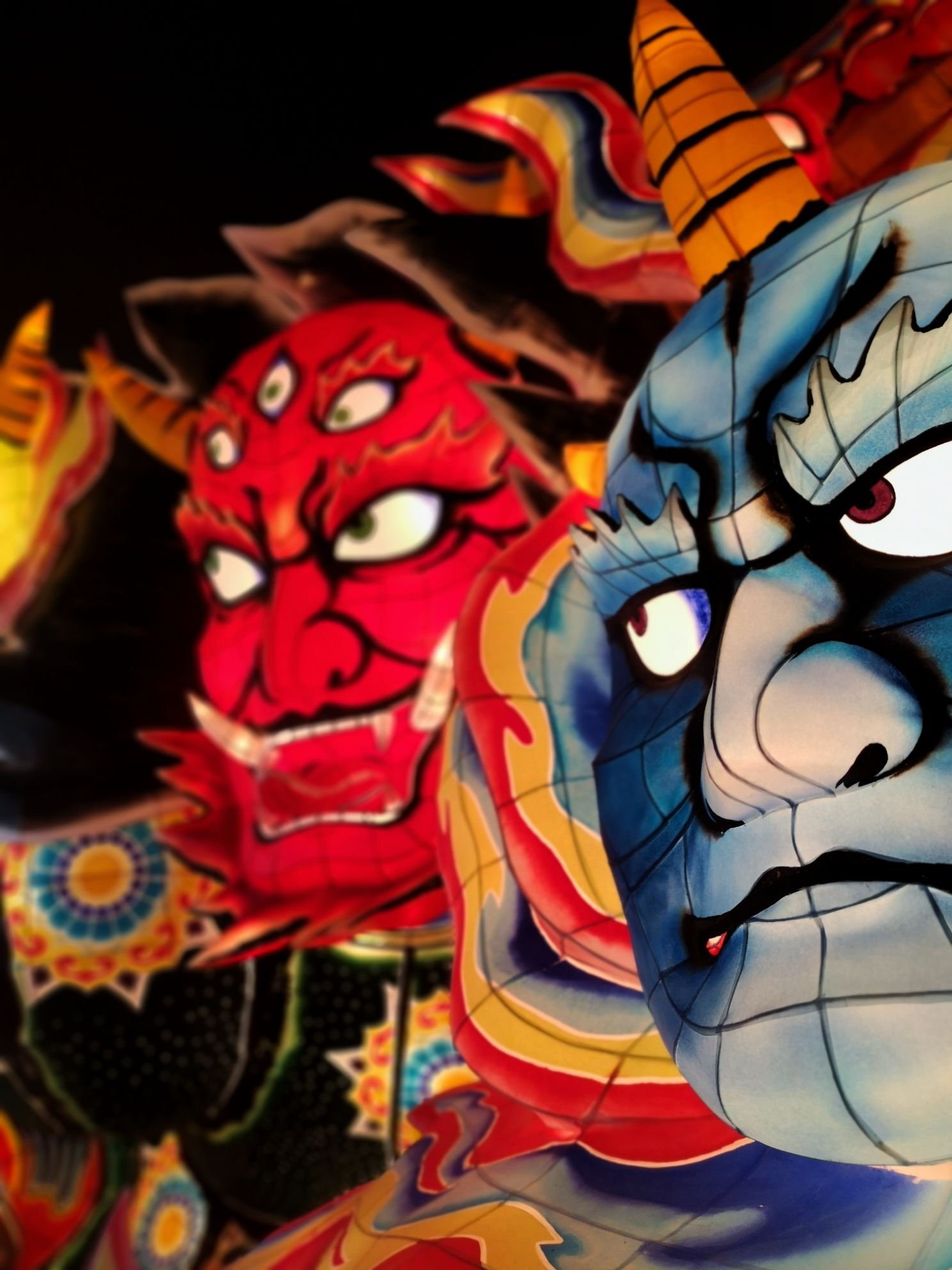

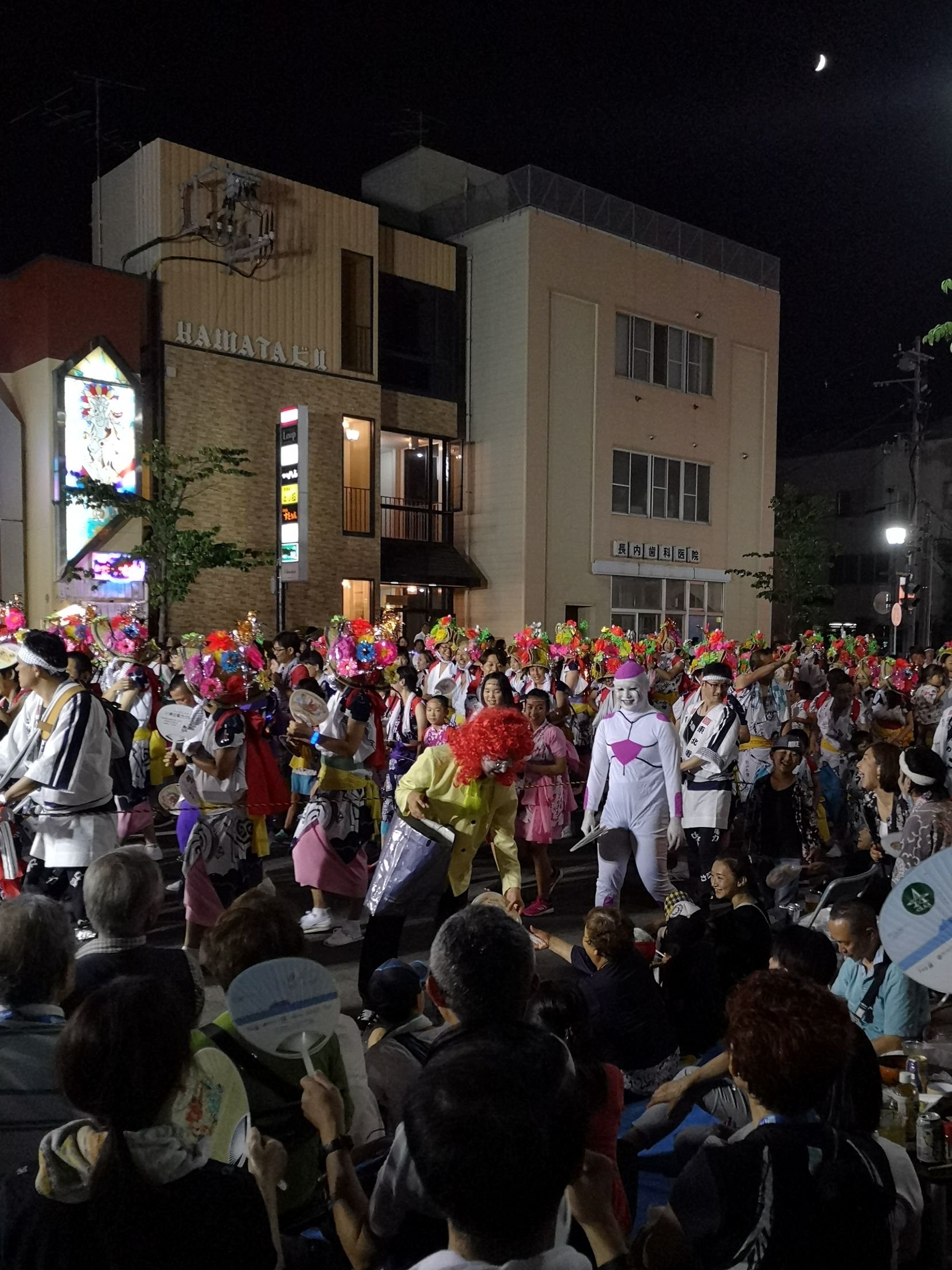
Sendai
Sendai is the biggest city in the Tohoku region and is located on thes West side in the Miyagi prefecture. Sadly i couldn’t stay here for much longer. My corresponding diary entry can be found here.
View from the AER building
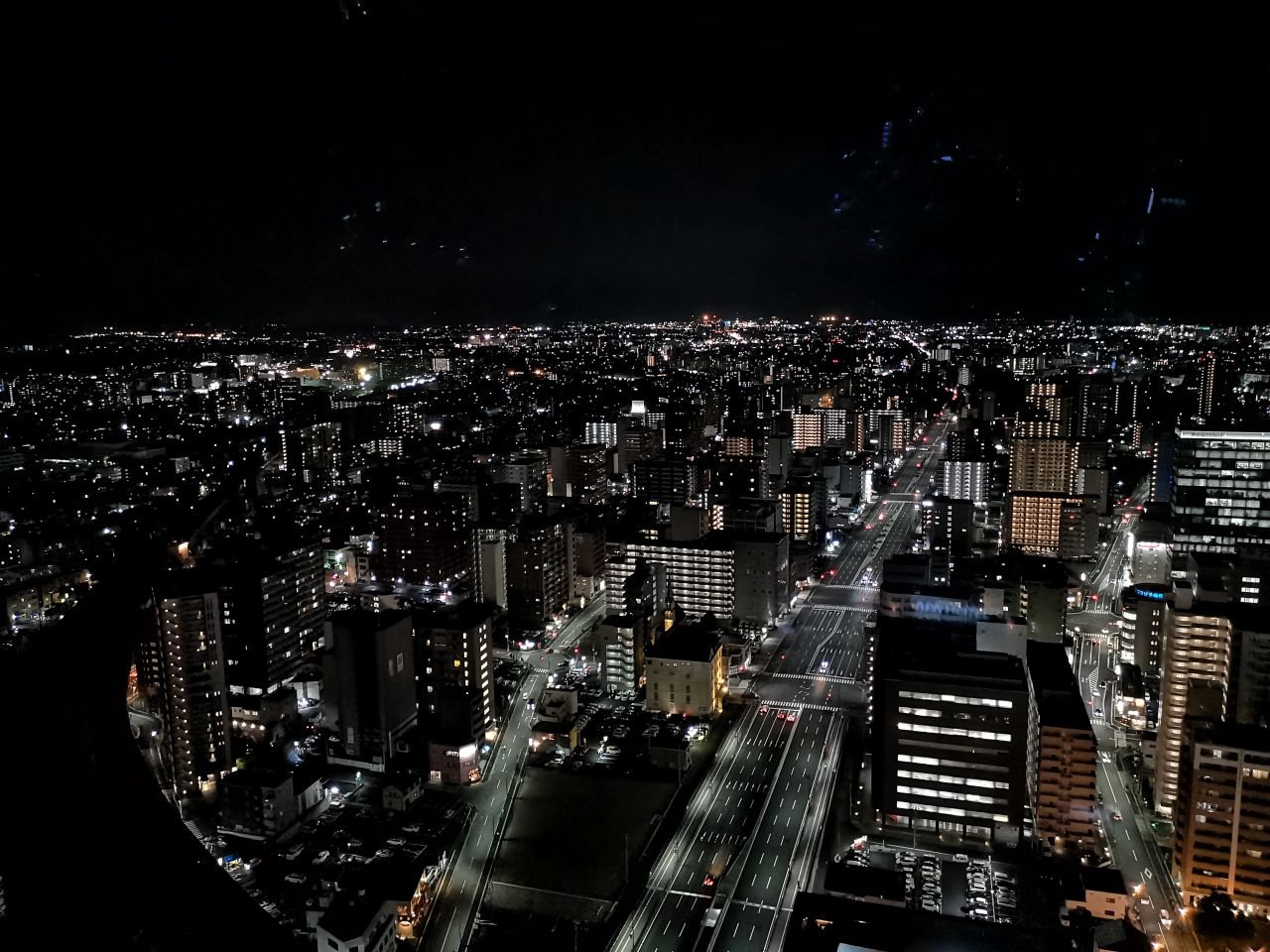
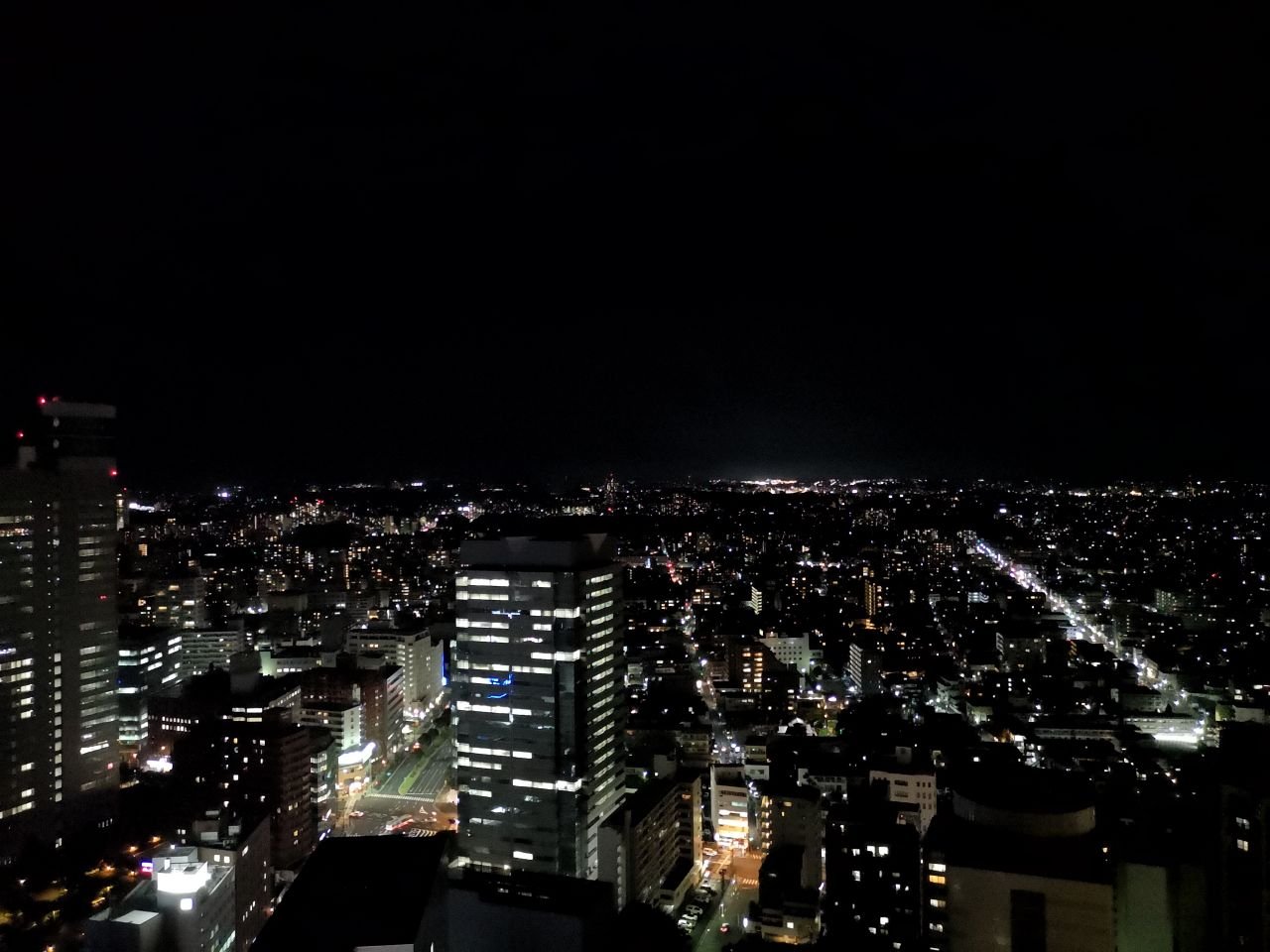
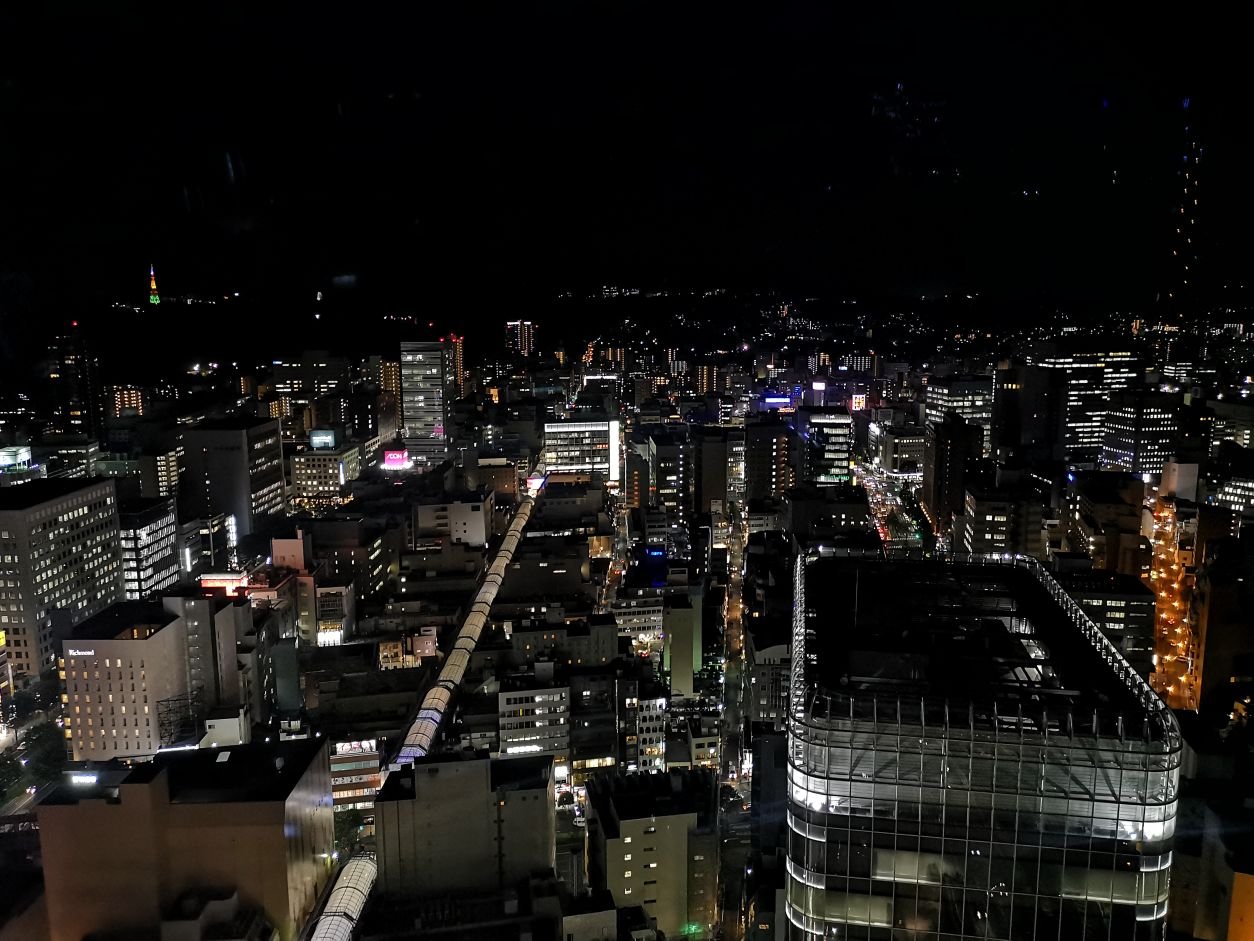
Tanabata Festival
The Tanabata festival is not a Sendai specific festival but is mostly held all over Japan around the 07th July (because of different calenders and moon settings in some cities it is held on the 07th August as in the case of Sendai). The legend around the star festival goes like this:
There once was a gifted weaver, named Orihime, who was very deligent in her work but also sad since she was occupied by her work she couldn’t find true love. Her father, Heaven’s emperor, was worried and arranged a meeting with Hikoboshi – a cow herder. It was love at first sight, however backfired immensiely since both lovers neglected their duties. In response to this Heaven’s emperor got angry and seperated those two lovers by the river in heaven. Orihime having no chance to see her lover again began again to weave all day. Seeing that the Heaven’s emperor changed his mind and allowed those two to meet each other, however only once a year on the 7th day of the 7th month ( as 7 being a lucky number).
This story translates into two stars – Altair and Vega – which according to the legend are seperated by the milky way and only meet once every year. At the festival people would write their wishes and hang them on a bamboo tree. Additionally streamers would be floating all around the fetival area. The long streamers representing the weaver’s threads and the decoration on the outside called “amakazari” represent a fisherman’s full net. (nippon.com, japansociety.org, Accessed: 23.10.219)
